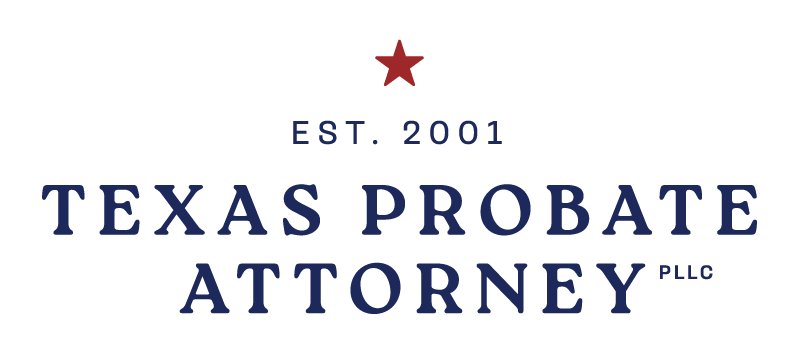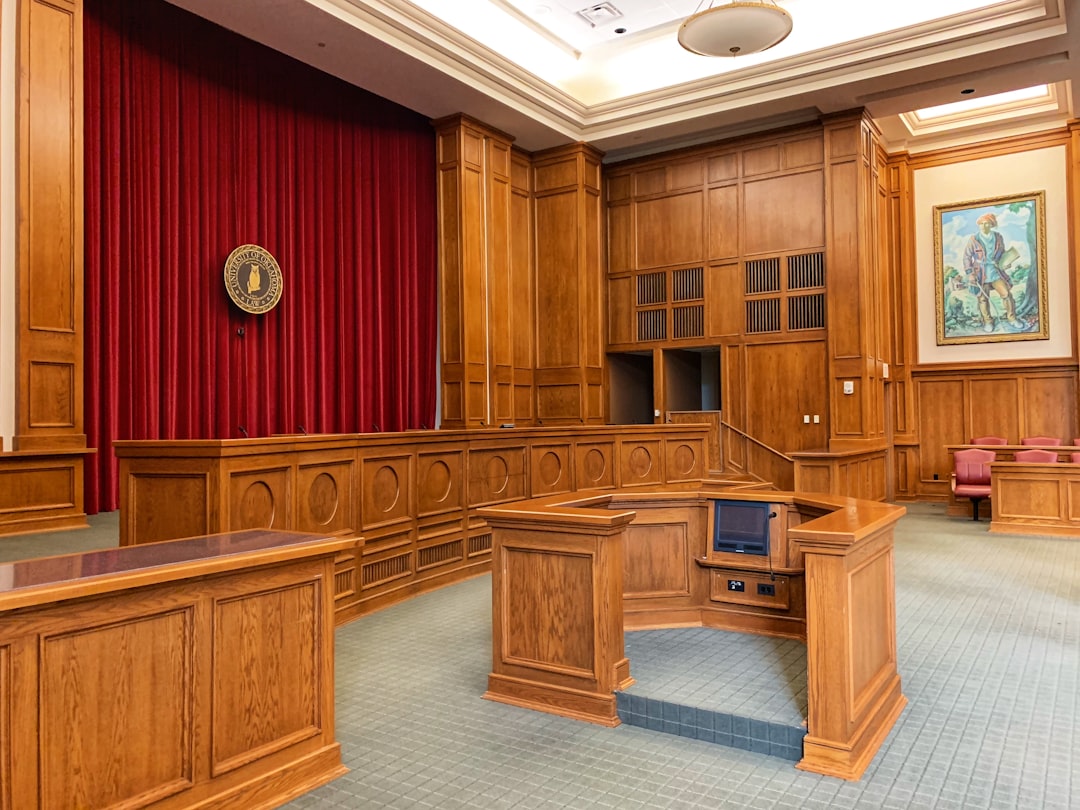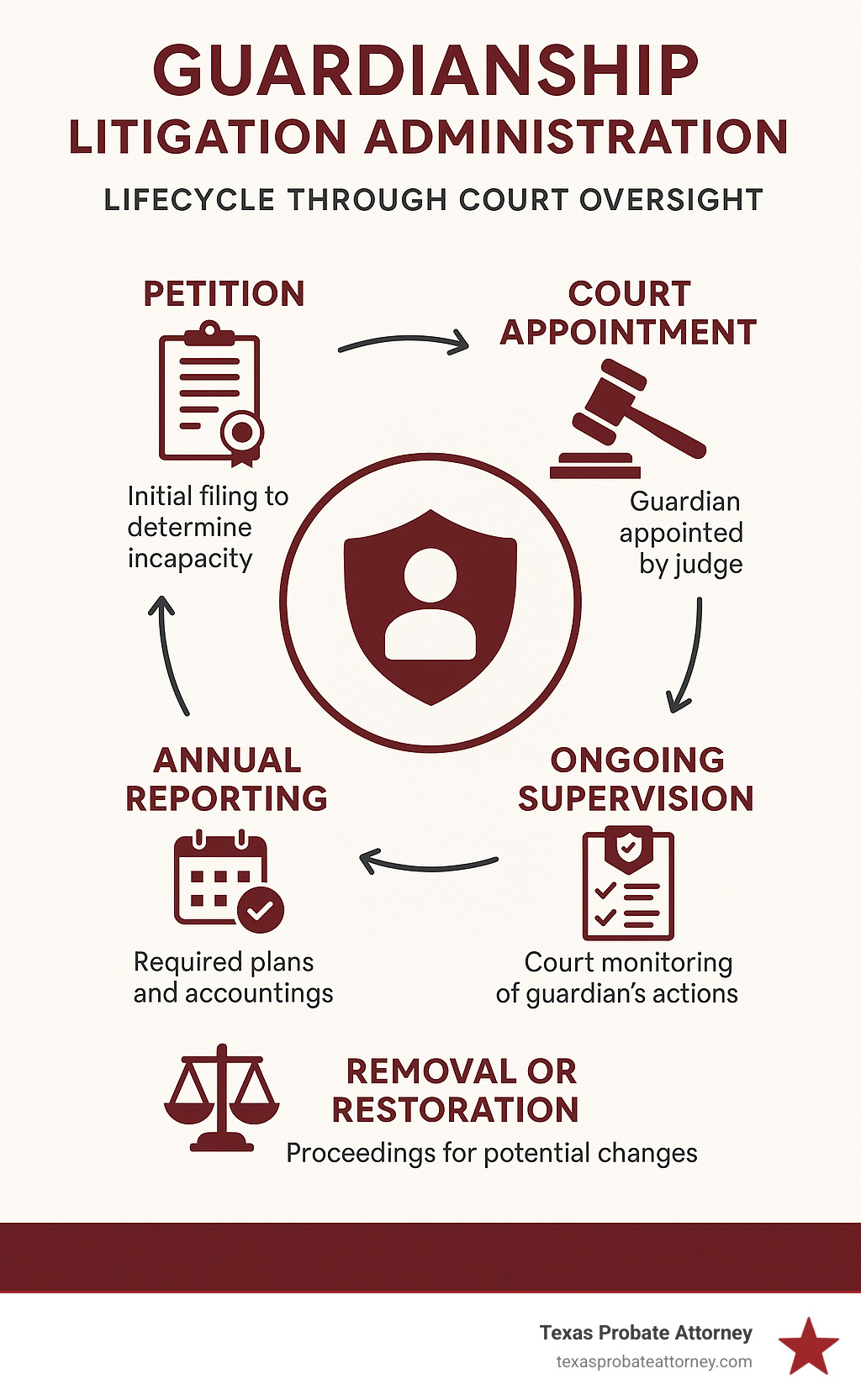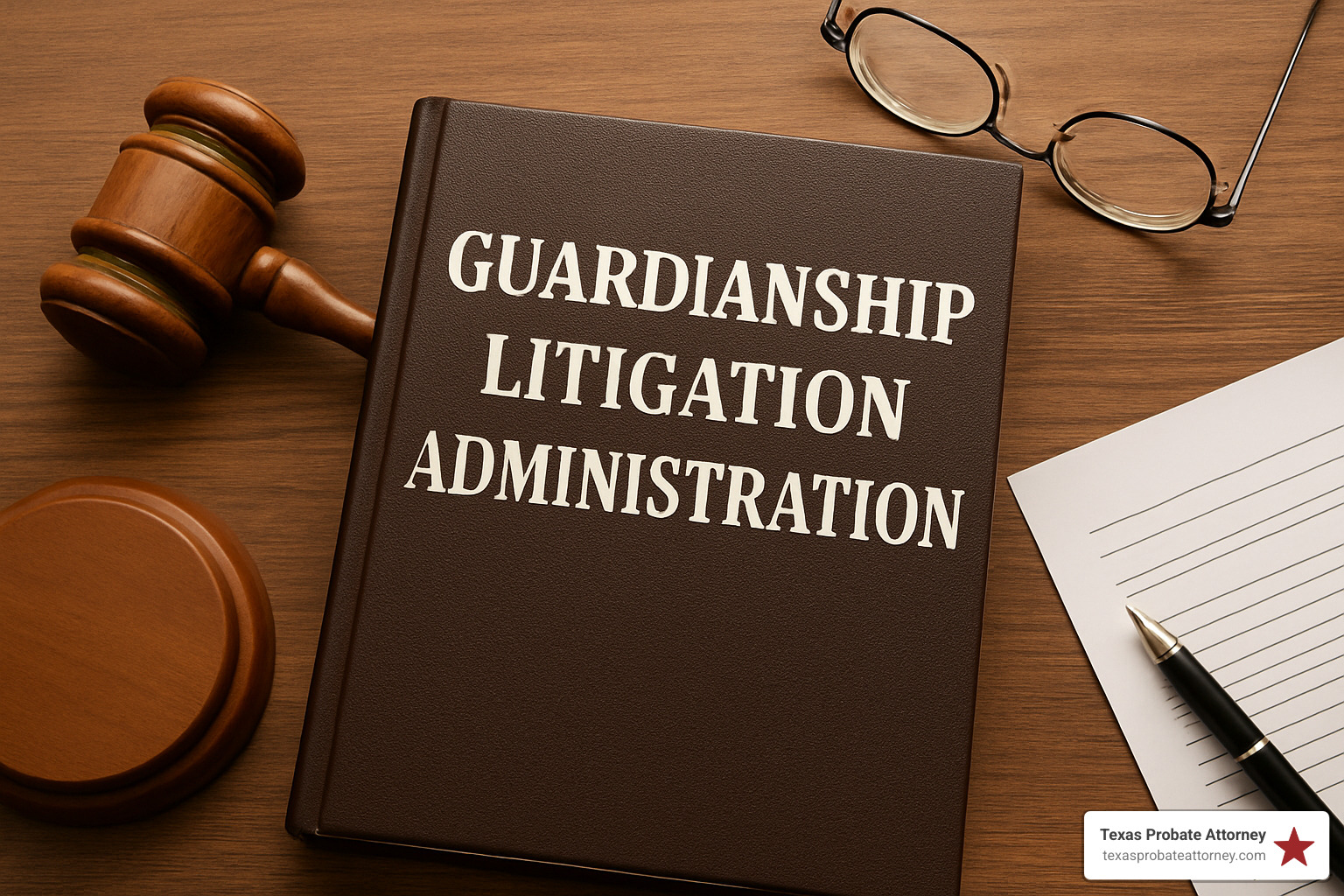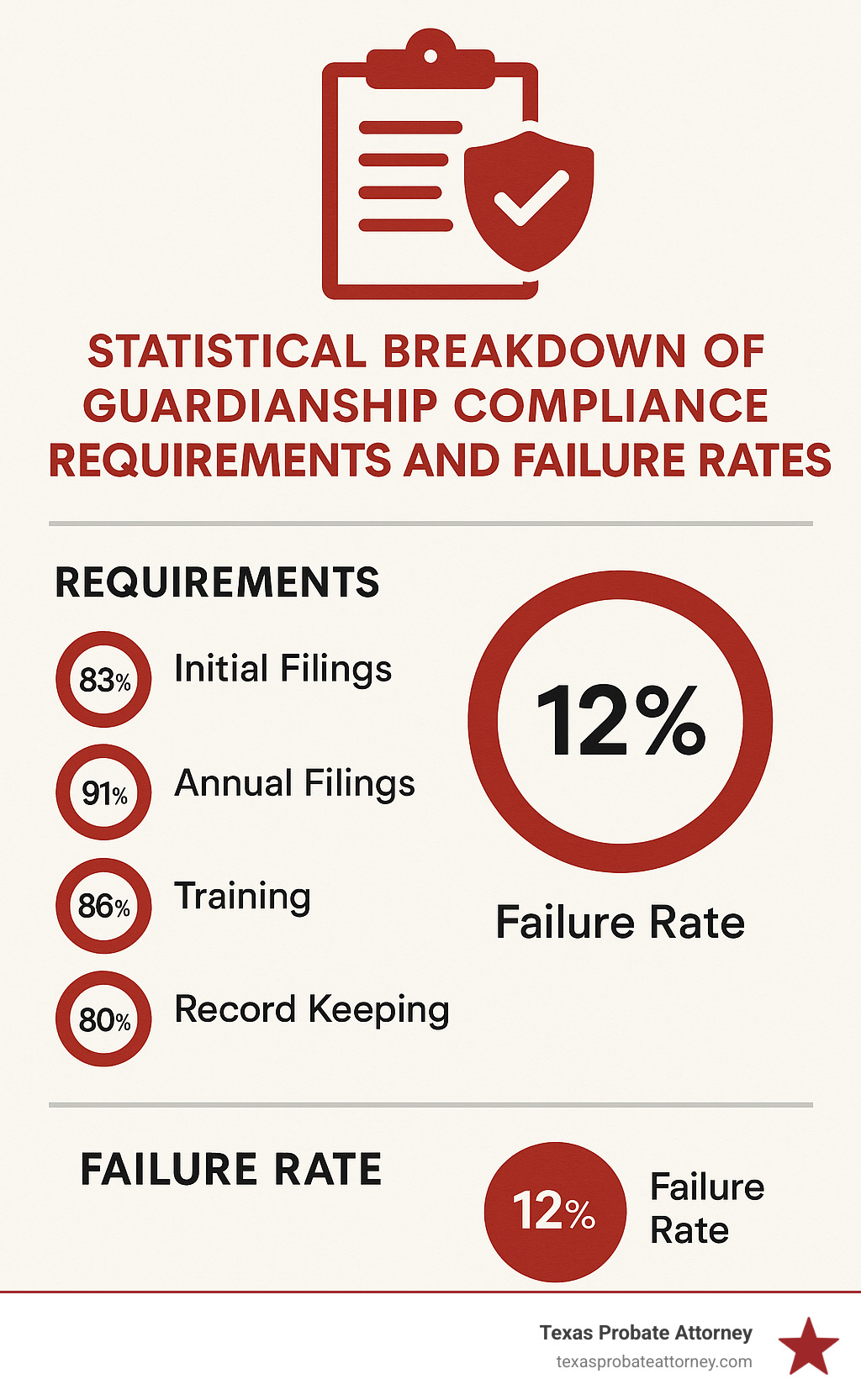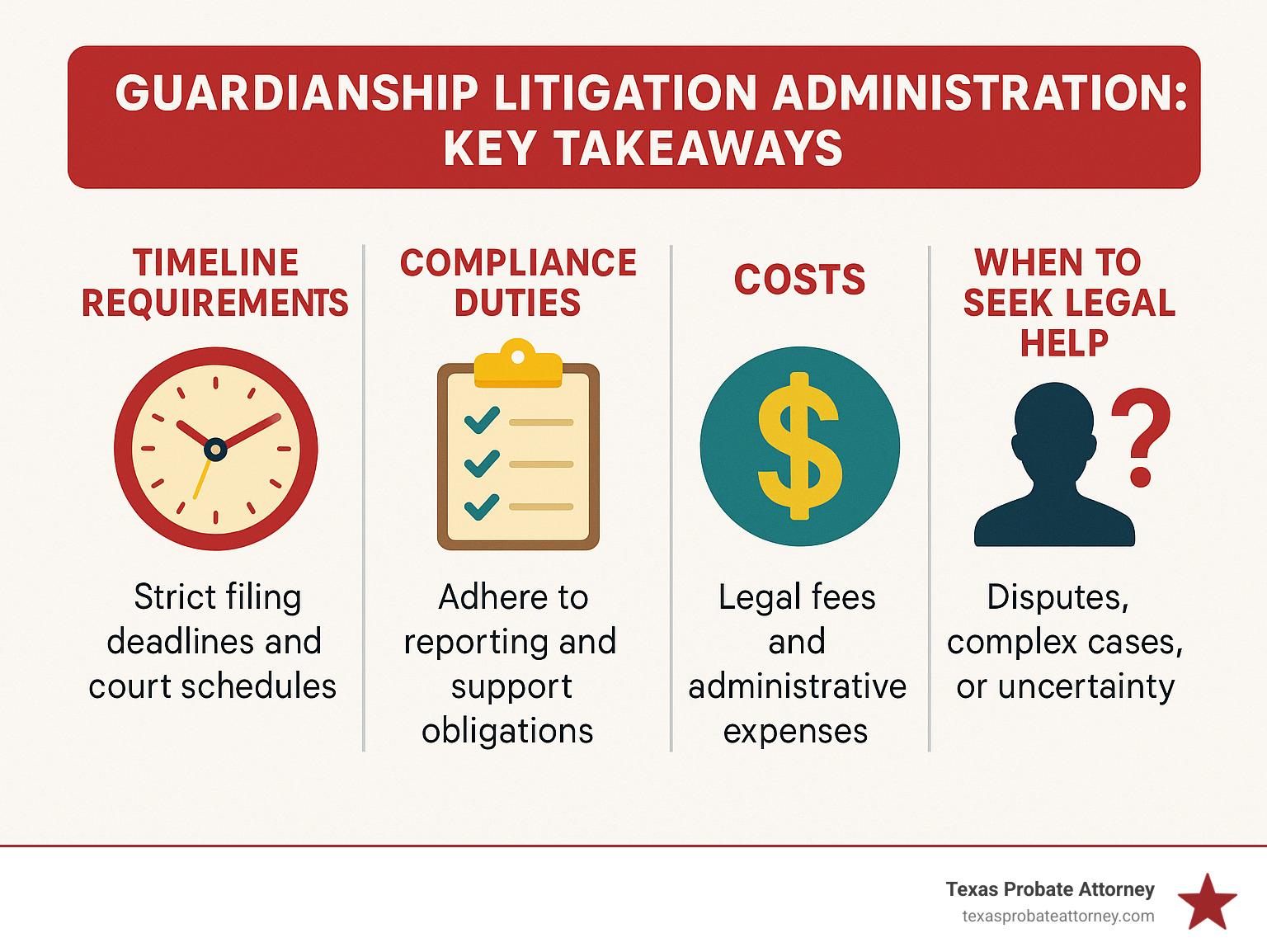Guardianship Litigation Administration: Your Roadmap Through Complex Cases
Why Guardianship Litigation Administration Matters in Your Darkest Hour
Guardianship litigation administration is the court-supervised legal process where a judge appoints someone to make personal and financial decisions for an incapacitated adult or minor. This complex system involves petitions, hearings, ongoing reporting, and potential disputes over who should serve as guardian.
Key Components of Guardianship Litigation Administration:
– Petition Filing – Court application to determine incapacity
– Examining Committee – 3-person evaluation team (including 1 physician)
– Court Hearings – Judge decides on appointment within 14 days of reports
– Annual Oversight – Required plans, inventories, and accountings
– Litigation Disputes – Contests over appointment, removal, or guardian conduct
When someone you love can no longer make safe decisions due to dementia, disability, or age, guardianship becomes necessary. The process protects vulnerable people but strips away their legal rights – making it one of the most serious legal proceedings in family law.
In Texas, guardians must complete training within specific timeframes and file detailed reports with the court. Standard cases take several months, but emergency situations can be resolved within days. The stakes are high: guardians who fail their duties face removal, fines, and even criminal charges.
Why You’re Reading This
You’re here because someone you care about needs protection, or perhaps you’re facing a guardianship challenge yourself. Maybe your aging parent is making unsafe financial decisions, or your special needs child is turning 18 and needs continued legal protection.
Guardianship litigation administration affects fundamental rights – the right to make your own decisions, control your finances, and choose where to live. Getting this wrong can have devastating consequences for everyone involved.
With over 40 years of combined experience handling these complex cases across Texas, our legal team has seen families steer these challenges successfully. You can too.
When Guardianship Becomes Necessary
Texas courts don’t hand out guardianships lightly. The law requires that guardianship be the least restrictive means necessary to protect the person. Judges need clear and convincing evidence – not just that someone made a few bad decisions, but that they truly lack the mental capacity to understand the consequences of their choices.
Dementia and Alzheimer’s disease are the most common reasons families seek guardianship. When your mom starts giving her social security number to phone scammers or your dad insists on driving despite getting lost in his own neighborhood, you’re facing heartbreaking decisions about their independence.
For families with special needs adults, the 18th birthday brings a legal cliff. Your child who needed help with every decision suddenly becomes a legal adult – but still needs the same protection.
Texas law also requires guardianship when minors receive settlements exceeding $15,000. If your child receives money from a personal injury case or wrongful death settlement, the court wants to make sure those funds are protected until they reach adulthood.
Traumatic brain injuries can change everything overnight. A car accident or medical emergency might leave someone unable to understand their financial affairs or make safe healthcare decisions.
Emergency situations demand immediate action. When someone is in immediate danger from financial exploitation or unsafe living conditions, temporary guardianship can be established within days.
Scientific research on decision-making capacity shows that mental capacity isn’t always black and white. Someone might have good days and bad days, especially in early-stage dementia.
Warning Signs & Red Flags
The hardest part about guardianship is knowing when it’s time to act. Financial exploitation often happens gradually. Your loved one might start with small, unusual purchases, then progress to unpaid bills despite having plenty of money.
Unsafe living conditions tell their own story. When someone who was always meticulous starts living in filth, or when they’re not taking essential medications consistently, their safety is at risk. Doctor concerns carry significant weight with courts – when medical professionals document that someone can’t understand their treatment options, it’s time to consider guardianship.
The key is recognizing patterns, not isolated incidents. If you’re seeing multiple warning signs, don’t wait for a crisis. Early consultation with an attorney can help you understand your options and potentially prevent more serious problems down the road.
Types of Guardianships and Advocacy Options
Texas offers several types of guardianship precisely because people’s needs vary so much. Someone with early dementia might need help with investments but can still choose their own doctor. A young adult with developmental disabilities might make great decisions about daily life but struggle with complex financial concepts.
Plenary guardianship is the full-service option that gives the guardian complete authority over both personal and financial decisions. We only recommend this when someone truly cannot make any significant decisions safely.
Limited guardianship is often the sweet spot in guardianship litigation administration cases. It restricts the guardian’s authority to only the specific areas where help is actually needed. Maybe your mom can still decide what to eat for breakfast and which TV shows to watch, but she keeps falling for phone scams.
The law also recognizes that personal care and financial management are different skills. Guardianship of the person focuses on healthcare decisions, living arrangements, and daily care needs while leaving financial control with the individual. Guardianship of the estate works the opposite way.
Guardian advocacy offers a less restrictive path specifically designed for adults with developmental disabilities. It acknowledges that many people with intellectual disabilities can make meaningful decisions with the right support.
When danger is immediate, temporary guardianship can provide protection within days rather than months. These emergency appointments typically last up to 60 days in Texas.
More info about guardianship services can help you understand these important distinctions in greater detail.
Choosing the Right Fit
The key to successful guardianship is matching the scope of authority to actual needs. We start every case by really listening to what’s happening in your family’s daily life. Can your loved one balance a checkbook but not understand investment risks?
Texas courts require us to prove that guardianship is the least restrictive means necessary to provide protection. That means exploring whether supported decision-making might work instead of traditional guardianship.
The beauty of limited guardianship lies in its flexibility. Powers can be expanded if someone’s condition worsens, or reduced if they regain capacity. Guardianship isn’t necessarily forever. The goal is always to preserve as much independence as possible while ensuring adequate protection.
Guardianship Litigation Administration Process
When you’re facing the need for guardianship, understanding the guardianship litigation administration process can feel overwhelming. But Texas has designed this system with specific timelines and safeguards to protect everyone involved.
The process starts when someone files a petition for guardianship in the county where the alleged incapacitated person lives. The petition must spell out exactly why guardianship is necessary and what type you’re requesting.
Within just 5 days of filing, the court springs into action. They immediately appoint an attorney ad litem – essentially a lawyer whose job is to represent the alleged incapacitated person’s interests. At the same time, the court appoints a three-member examining committee. At least one member must be a physician, and all three are tasked with evaluating whether the person truly needs guardianship.
The examining committee has 15 days to conduct their evaluations and submit detailed reports to the court. The court must hold a hearing within 14 days after receiving those reports. The alleged incapacitated person has every right to attend this hearing, present evidence, and contest the guardianship.
If the judge determines that guardianship is necessary, they’ll issue Letters of Guardianship that spell out exactly what powers the guardian has. The newly appointed guardian must post bond (if required) and complete mandatory training within specific timeframes.
Within 60 days, guardians must file an initial guardianship plan and inventory of the ward’s property. These documents become the foundation for ongoing court supervision throughout the guardianship.
Step-by-Step Guardianship Litigation Administration Timeline
The guardianship litigation administration timeline moves faster than most people expect. Once you file that petition, you’re on the court’s schedule:
Days 1-5 bring immediate action from the court. The attorney ad litem and examining committee get appointed right away.
Days 6-20 are when the real evaluation happens. The examining committee conducts interviews, reviews medical records, and sometimes orders additional testing.
Days 21-35 involve report submission. Those committee members have exactly 15 days from their appointment to get their findings to the court.
Days 36-49 see the court scheduling the hearing within 14 days of receiving those reports.
Emergency guardianships throw this timeline out the window entirely. When someone is in immediate danger, the court can hear a petition within 3-7 days and grant temporary authority for up to 60 days.
Costs & Fees in Guardianship Litigation Administration
Guardianship litigation administration costs can surprise families who aren’t prepared. Court costs start adding up from day one. The guardian ad litem fees alone often run $1,500 to $3,000.
The examining committee typically costs between $1,500 and $2,500 total. Attorney fees vary dramatically based on complexity. A simple, uncontested case might run $3,000 to $7,500. But if family members start fighting, you’re looking at $10,000 to $25,000 or more.
Then there are the ongoing administration costs. If the court requires a bond, you’ll pay annual premiums. Professional guardians charge fees if no family member can serve. Accounting and tax preparation become annual expenses.
The silver lining? If the ward has sufficient resources, many of these costs can be paid from their own assets.
Contesting, Removing, or Replacing a Guardian
Guardianship litigation administration becomes most intense when families disagree about who should make decisions for an incapacitated person – or whether guardianship is even needed at all.
Family disputes over who should serve as guardian create some of the most emotionally charged cases we handle. Multiple relatives may genuinely believe they’re the best choice, each with valid reasons.
Questioning whether guardianship is actually necessary happens more often than you might think. Sometimes the alleged incapacitated person feels perfectly capable of making their own decisions with some help.
Concerns about the proposed guardian’s fitness can include criminal history, financial problems, or simply living too far away to provide proper care. We’ve handled cases where someone’s ulterior motives became apparent – seeking guardianship for financial gain rather than genuine concern.
When an existing guardian isn’t fulfilling their duties properly, removal becomes necessary. Mismanagement of the ward’s finances is unfortunately common. Failure to file required reports and accountings might seem like paperwork issues, but courts take these deadlines seriously.
More serious situations involve self-dealing or conflicts of interest, where guardians use their position to benefit themselves rather than the ward. Abuse, neglect, or exploitation requires immediate action to protect the ward from further harm.
Protecting Loved Ones: Solving the Complexities of Texas Guardianship Litigation walks through these complex situations in detail.
How to Challenge a Guardianship
Challenging a guardianship feels overwhelming, but it’s absolutely your right when you believe someone you care about isn’t being properly protected. The burden of proof varies depending on exactly what you’re challenging.
To contest the need for guardianship entirely, you’ll need to present evidence that the person retains capacity in the relevant decision-making areas. We often demonstrate that less restrictive alternatives could work – perhaps family members checking in regularly, or a limited power of attorney for specific tasks.
To challenge the proposed guardian, you’ll need to document why they’re not suitable. This could involve conflicts of interest, financial irresponsibility, or simply lack of necessary skills to provide proper care.
The evidentiary hearing process gives everyone a chance to present their case. Both sides can call witnesses and present documents. Medical professionals often testify about their capacity assessments.
Grounds for Removal
Once someone becomes a guardian, removing them requires proving serious problems that affect their ability to protect the ward. Texas courts don’t remove guardians lightly, but they will act when the ward’s welfare is at stake.
Financial mismanagement is one of the most common grounds for removal. This includes commingling the ward’s assets with personal funds, making unauthorized investments that lose money, or failing to maintain adequate insurance.
Self-dealing – using the ward’s assets for personal benefit – is particularly serious. Reporting and compliance failures might seem like minor paperwork issues, but they’re actually crucial safeguards.
Personal care neglect involves failing to ensure the ward receives proper medical care, placing them in unsafe living situations, or not addressing basic needs for food, shelter, and safety.
The removal process starts with filing a petition that includes specific allegations about the guardian’s misconduct. An evidentiary hearing allows both sides to present testimony and evidence before the court decides whether to remove the guardian and appoint a successor.
Alternatives, Compliance Duties, and Consequences
Before pursuing guardianship, Texas law requires considering less restrictive alternatives. These options can often provide necessary protection while preserving more autonomy and dignity.
Power of Attorney remains the most common alternative. A well-drafted durable power of attorney can handle most financial decisions, while a medical power of attorney addresses healthcare choices.
Trusts provide excellent asset protection and management without the ongoing court supervision required in guardianship. Supported Decision-Making Agreements are gaining recognition as a formal alternative. Representative Payee arrangements through Social Security can handle government benefits without full guardianship.
DIY Florida resources provide helpful information about exploring alternatives, though we always recommend consulting with an attorney before making final decisions.
Staying Compliant
Once appointed, guardians face extensive ongoing duties designed to protect the ward and ensure accountability. Guardianship litigation administration includes robust oversight mechanisms that courts take seriously.
Required filings and deadlines:
– Initial Guardianship Plan – Due within 60 days
– Initial Inventory – Complete listing of ward’s assets within 60 days
– Annual Guardianship Plan – Updated care plan due on anniversary
– Annual Accounting – Detailed financial report of all transactions
Training requirements vary by type:
– Guardians of person and property: 8 hours within 4 months
– Guardians of minor property: 4 hours within 4 months
– Professional guardians: 40 hours initially, 16 hours continuing education every 2 years
Bond maintenance and record keeping requirements are ongoing responsibilities throughout the guardianship.
Consequences of Non-Compliance
The consequences for failing guardianship duties are severe and can include both civil and criminal penalties. Texas courts have broad authority to enforce compliance and protect wards from guardian misconduct.
Civil penalties include:
– Fines up to $1,000 for missing annual reports
– Surcharge liability for losses caused by misconduct
– Removal from guardianship position
– Personal liability for damages to ward’s estate
Criminal charges can result from:
– Theft or misappropriation of ward’s assets
– Fraud in reporting or accounting
– Abuse or neglect of the ward
We’ve seen guardians face serious consequences for seemingly minor oversights. Missing a single annual report deadline can trigger court action. The key is establishing good systems from the beginning and seeking help when problems arise.
Frequently Asked Questions about Guardianship Litigation Administration
When families face guardianship litigation administration, they often have urgent questions about rights, timelines, and what happens next. Here are the answers to the questions that keep families up at night.
What rights does the alleged incapacitated person have during proceedings?
The person facing guardianship actually has strong legal protections throughout the entire process. The court immediately appoints an attorney ad litem to represent the alleged incapacitated person. This attorney advocates specifically for what their client wants, even if others think those wishes are unwise.
The person has the right to attend every hearing and participate in their own defense. They can testify, call witnesses, and present evidence showing they don’t need a guardian. They can also cross-examine witnesses who testify against them.
If things don’t go their way, they can appeal the court’s decision to higher courts. And even after guardianship is established, they can petition for restoration if their condition improves.
How long does an emergency guardianship last?
Emergency guardianships move fast because someone is in immediate danger, but they’re also strictly time-limited to prevent abuse of the expedited process.
In Texas, temporary guardianships last up to 60 days unless someone contests them. Emergency authority is limited to addressing the specific crisis that prompted the filing.
The clock starts ticking immediately on full guardianship proceedings. You can’t just keep renewing emergency guardianship indefinitely. The court expects a complete petition for permanent guardianship to be filed before the temporary period expires.
Can guardianship be reversed if capacity is restored?
Absolutely, and this happens more often than people realize. Guardianship isn’t necessarily permanent – it can be terminated or modified when circumstances change.
The process is called “restoration of capacity” and follows procedures similar to the original guardianship proceedings. Someone files a petition with evidence of restored capacity, medical professionals evaluate the person’s current condition, and the court holds a hearing.
Common situations where we’ve seen restoration succeed include recovery from traumatic brain injury, successful treatment of mental illness, and improvement in cognitive function with proper medication.
Partial restoration is also possible and often makes more sense than all-or-nothing approaches. The person seeking restoration carries the burden of proving they’ve regained capacity. This usually means medical evaluations, cognitive testing, and testimony from healthcare providers.
It’s encouraging to know that even in the most restrictive guardianships, the door remains open for restoration when circumstances improve.
Conclusion
When someone you love can’t make safe decisions anymore, guardianship litigation administration becomes one of the most important legal processes your family will face. It’s serious business – we’re talking about fundamental rights like choosing where to live, how to spend money, and what medical care to receive.
The legal system is designed to protect vulnerable people, but it can feel overwhelming when you’re already dealing with a loved one’s declining health or a family crisis. Between strict deadlines, complex paperwork, and ongoing compliance requirements, there’s a lot that can go wrong without proper guidance.
That’s where having experienced attorneys makes all the difference. At Texas Probate Attorney, Stacy Kelly and our legal team have spent over 40 years helping families steer these challenging waters. We’ve seen every type of guardianship litigation administration case – from simple, uncontested appointments to complex family disputes that require aggressive litigation.
What sets us apart is our understanding that behind every guardianship case is a family trying to do right by someone they love. We know you’re not just dealing with legal procedures – you’re grieving, you’re scared, and you’re trying to make decisions that will affect your loved one’s future.
Our approach combines tough advocacy when litigation becomes necessary with practical, down-to-earth guidance for the day-to-day challenges of guardianship. We’ll fight hard for your family’s interests in court, but we’ll also help you understand what forms need to be filed and how to stay compliant with reporting requirements.
Whether you’re seeking guardianship for the first time, facing a contested appointment, or dealing with accusations as a current guardian, we’re here to help. We handle cases throughout Texas from our offices in Houston, Fort Worth, and Austin.
For personalized help with your guardianship matter, visit our hub: More info about probate & estate litigation services.
Guardianship should always be the least restrictive option that still provides adequate protection. When it is necessary, it should be handled with the highest standards of care and accountability. With the right legal guidance, you can steer this process successfully and ensure your loved one gets the protection they need while preserving as much independence as possible.
You don’t have to face this alone. We’re here to help you protect the people who matter most.
